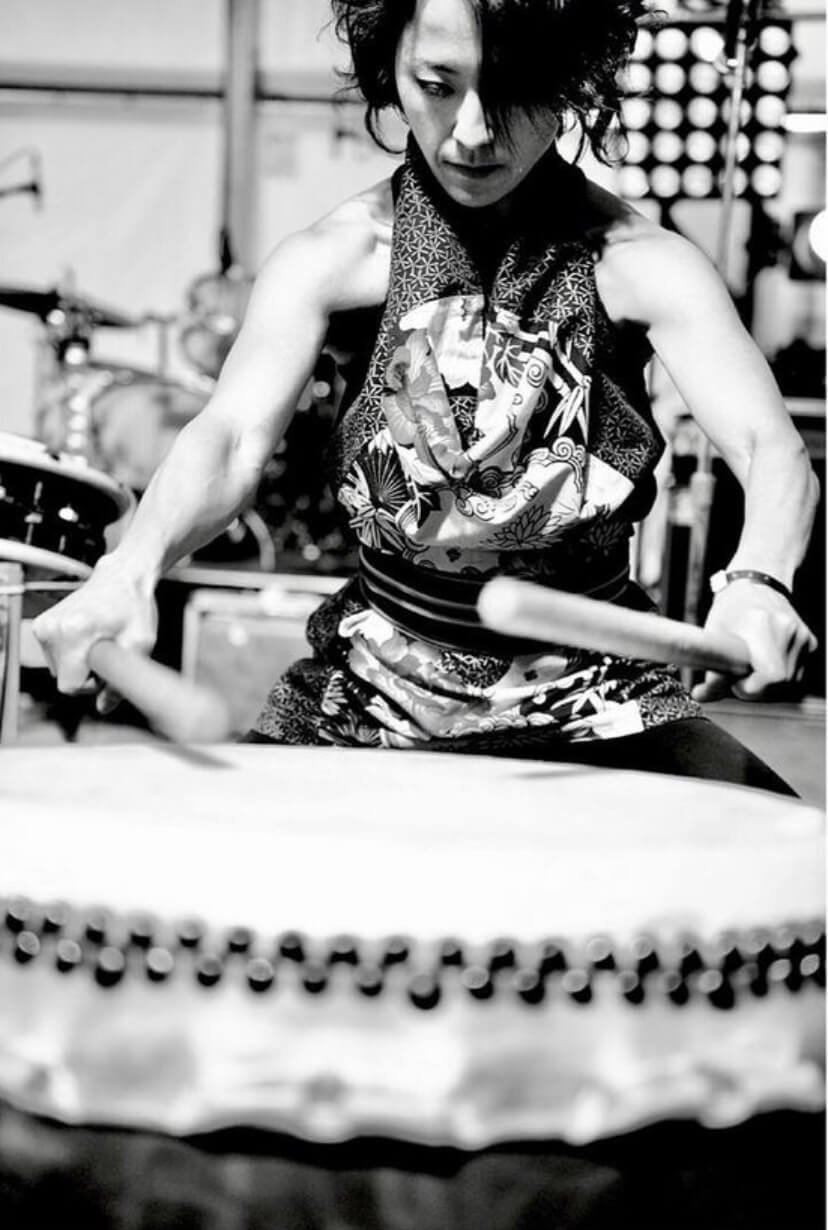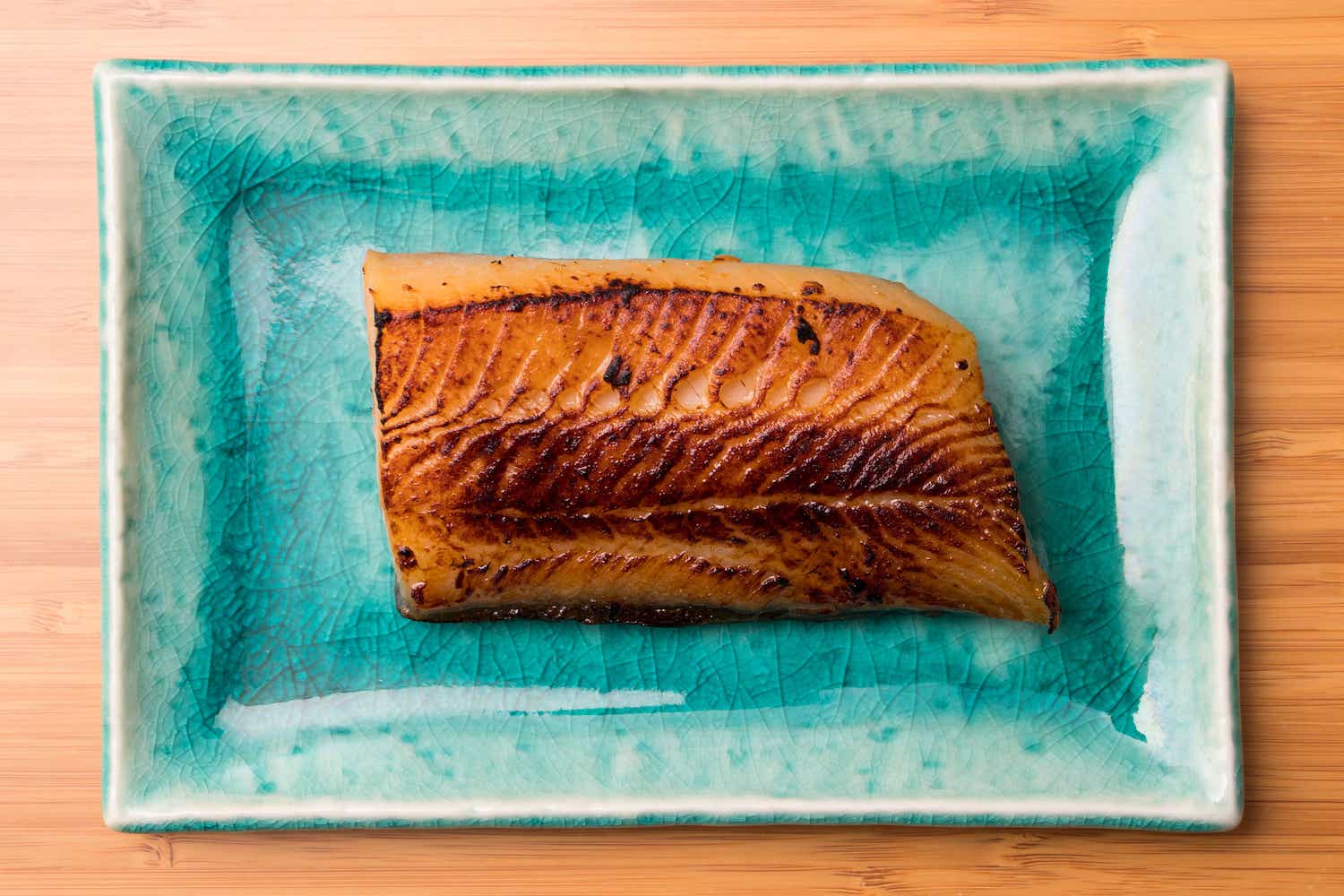Interview: Kirstin Pauka talks taiko, Asian theater, cats, and the artist life
Kirstin Pauka, professor of Asian theater at UH Manoa
I recently had a fun conversation with Kirstin Pauka, professor of Asian theater at University of Hawaii at Manoa. Kirstin and I played together as members of the Kenny Endo Taiko Ensemble during my seven years in Honolulu. Throughout this time we went on concert tours in the US, Europe, and all over Hawaii. As I learned in the interview, Kirstin's entry into the taiko world was early, making her the senpai (most experienced) for all of us who trained under Kenny. There are some interesting taiko stories, but she also talks about her professorship and her recent multi-award-winning project "Battle of the Monkey Kings," a Balinese shadow theater production. I also asked Kirstin about working as a director and how to manage successful interdisciplinary collaborations, and other past projects such as "Randai" and "Taiko Drum and Dance." Check out the links at the bottom for video clips of the shows we discussed.
It was fun hanging out with Kirstin during my recent Hawaii trip, where I got to meet her new cat. Because it was so funny, I couldn't edit out the part of the conversation toward the end about cat shadow theater.
Battle of the Monkey Kings
Battle of the Monkey Kings
Battle of the Monkey Kings
Kirstin Pauka is Professor of Asian Theatre at the University of Hawaii at Manoa, USA, full-time faculty in the Asian Theatre Program and Director of the Center for Southeast Asian Studies. Her primary area of specialization is theatre of Southeast Asia. She has done research on Randai theatre of Sumatra, and has published books, multimedia titles, and numerous articles on Randai and related topics. Dr. Pauka has produced and directed several Southeast Asian Theatre productions at UH Kennedy Theatre. In 2001, 2005 and 2011 she directed the US premieres of English language productions of Indonesian Randai theatre which included 6-month intensive artist-in-residence training programs with guest artists from Indonesia. Dr. Pauka has given workshops and lectures in Wellington (New Zealand), Sidney, (Australia), Padang (Indonesia), Amsterdam (Netherlands), St. Petersburg, (Russia), Stockholm (Sweden), Chicago, Seattle, San Francisco, Hawaii (USA), and Toronto (Canada). In Spring 2016 she directed a production of Balinese Wayang Listrik (Shadow Theatre) in collaboration with Balinese artists.
Kirstin Pauka has been studying kumi daiko with Kenny Endo for the past 24 years and has been a performance member of the Kenny Endo Taiko Ensemble for the past 22 years annd has toured with the Ensemble to Europe, Japan, and the US mainland. Kirstin has received Hawaii State Foundation on Culture and the Arts apprenticeship grants with Endo-sensei in 2007-9 and 2015-16 to study edo bayashi. Kirstin is also a member of the African dance band Jamarek, who just released a new album: Fechal.
Video links
Battle of the Monkey Kings
Randai (2012)
Randai (2006)
Taiko Drum and Dance







































